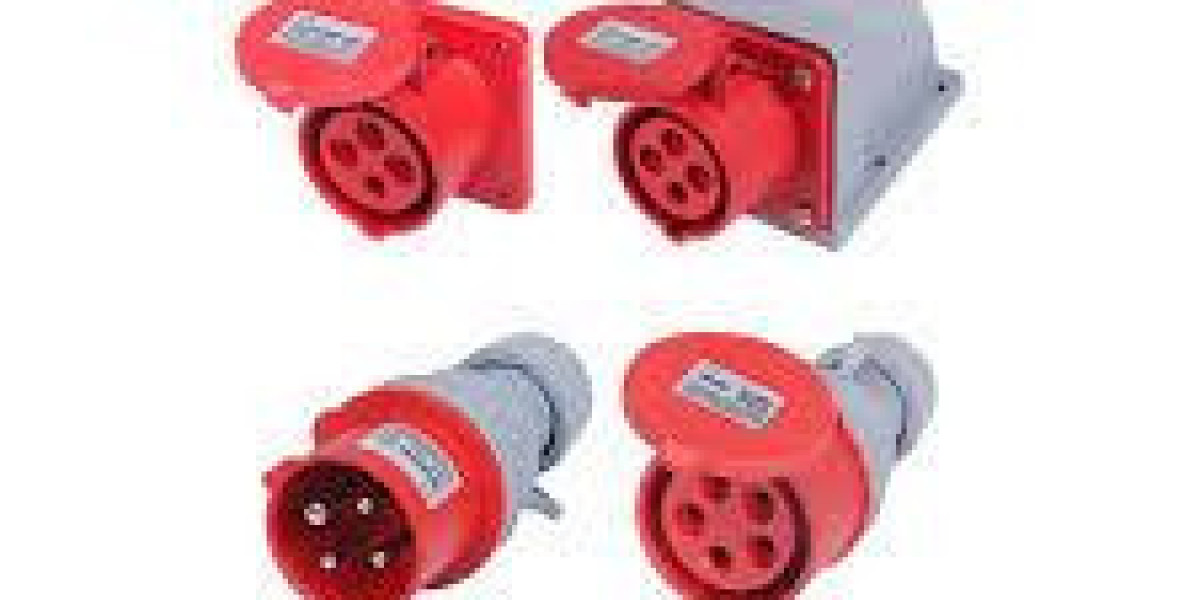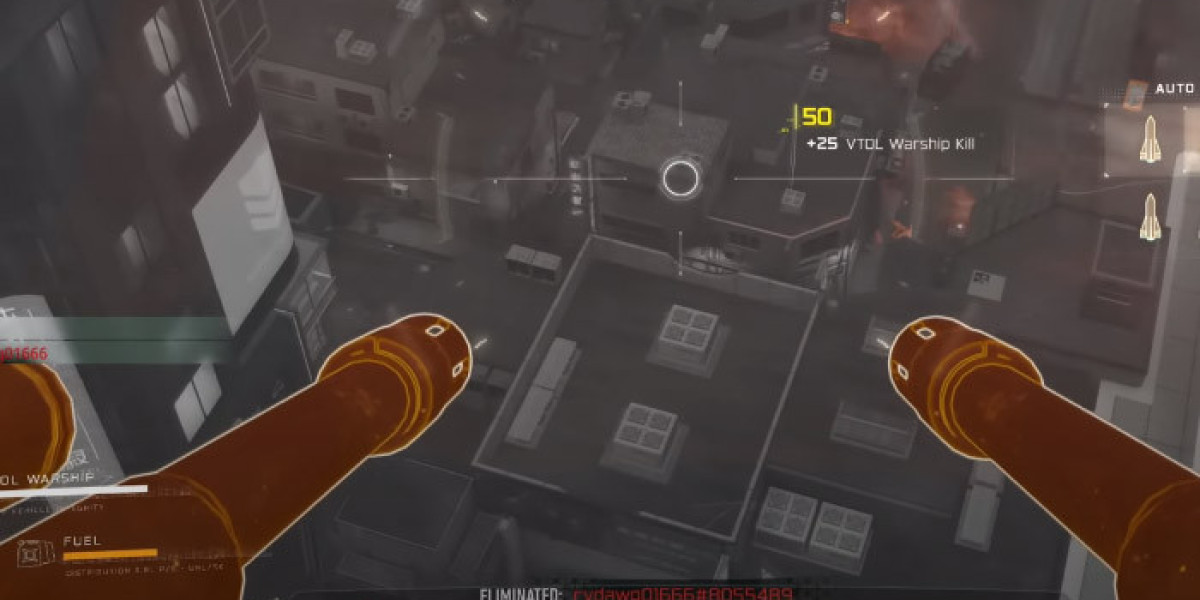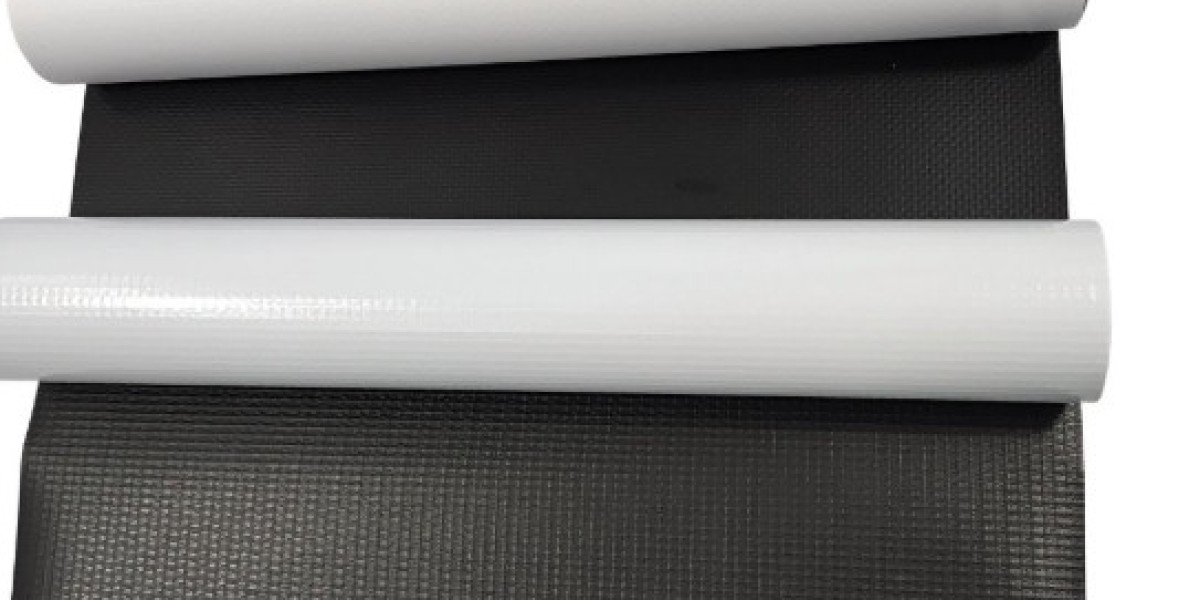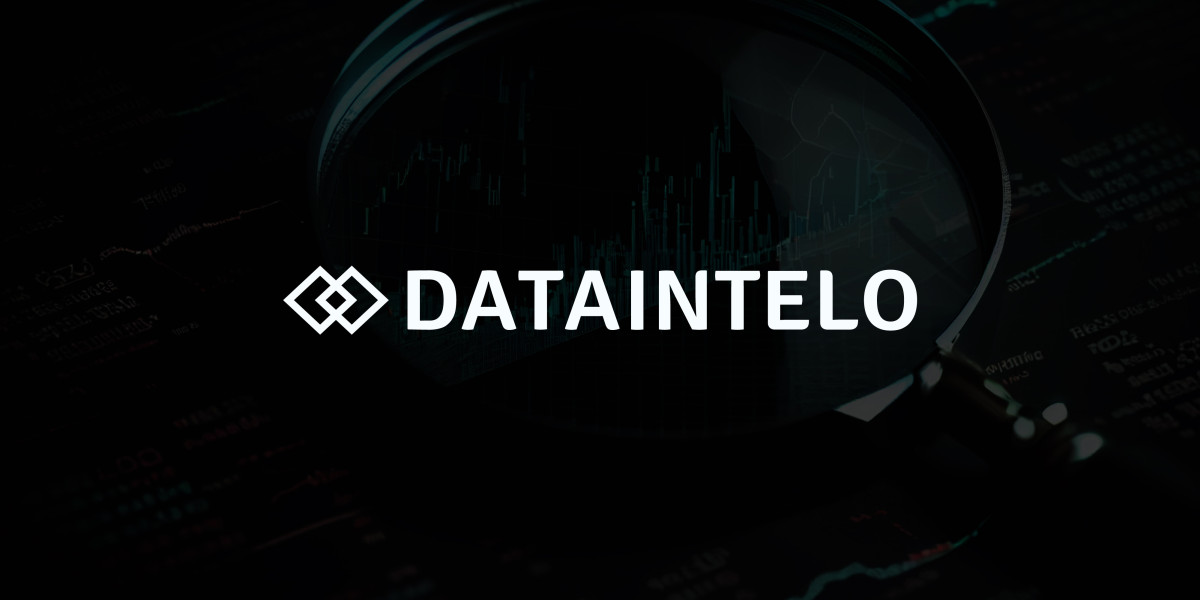The Subsea Thermal Insulation Market is becoming increasingly important as energy companies push into new frontiers. Operating in some of the harshest environments on Earth, offshore production requires technologies that maintain efficiency while safeguarding infrastructure. Subsea insulation helps achieve these goals by providing flow assurance, preventing hydrate formation, and ensuring the long-term durability of pipelines and equipment.
The Critical Role of Subsea Insulation
For decades, the offshore oil & gas sector has been the backbone of global energy supply. As shallow-water fields mature, operators are turning to deeper waters to unlock new reserves. However, transporting hydrocarbons in deepwater pipelines presents unique challenges, including low seabed temperatures and high external pressures.
Without insulation, fluids would cool too quickly, forming wax and hydrates that clog pipelines. This is why subsea thermal insulation has become indispensable. It provides a protective layer that maintains internal temperatures, supporting uninterrupted flow and safe operations across complex subsea systems.
Market Growth Factors
Offshore Oil & Gas Expansion
Growing demand for energy is driving new investments in the offshore oil & gas industry. Projects in regions like Brazil’s pre-salt basin, Norway’s Arctic waters, and West Africa’s ultra-deep fields require robust insulation to ensure flow assurance and operational reliability.
Development of Deepwater Pipelines
The rise of deepwater pipelines is another strong market driver. These pipelines extend across hundreds of kilometers under extreme conditions. High-performance insulation ensures they deliver hydrocarbons safely to processing facilities onshore or to floating production platforms.
Evolving Subsea Systems
As operators deploy sophisticated subsea systems including manifolds, risers, and wellheads, insulation is being integrated to protect critical components. Effective insulation extends equipment lifespans and lowers repair costs, making it vital for modern subsea architecture.
Competitive Supply Landscape
The growing presence of specialized subsea insulation suppliers is fostering innovation. These suppliers provide tailored solutions ranging from advanced polymer-based coatings to high-strength syntactic foams, ensuring operators meet both technical and environmental requirements.
Applications Driving the Market
Pipe Insulation Offshore
The primary application for subsea thermal technologies is pipe insulation offshore. Insulated pipelines reduce flow blockages and minimize the need for constant chemical injection. This improves operational safety and lowers long-term costs.
Subsea Pipeline Coating
Another critical segment is subsea pipeline coating, which combines thermal insulation with corrosion protection. Coatings made from polypropylene, polyurethane, or epoxy syntactic foams are designed to withstand not only cold temperatures but also saltwater exposure, mechanical stress, and seabed pressure.
Protecting Subsea Systems
Insulation is also used extensively in subsea systems, ensuring stable performance of risers, jumpers, and other subsea equipment. Protecting these elements reduces operational risks and maximizes return on investment in offshore developments.
Emerging Technologies
The Subsea Thermal Insulation Market is undergoing transformation thanks to advances in materials science and engineering:
- Epoxy-based syntactic foams: Offering low thermal conductivity and excellent pressure resistance, they are a preferred choice for deepwater pipelines.
- Polyurethane systems: Widely applied in pipe insulation offshore due to their versatility and cost-effectiveness.
- Polypropylene coatings: Known for strength and resilience, making them ideal for long-term subsea pipeline coating applications.
Moreover, sustainability is shaping innovation. Many subsea insulation suppliers are focusing on eco-friendly solutions that comply with strict international regulations while reducing environmental impacts.
Regional Market Highlights
North America
The Gulf of Mexico is a key region for the market. With ongoing developments in ultra-deepwater projects, demand for pipe insulation offshore and advanced subsea pipeline coating systems is rising.
Europe
Europe, particularly the North Sea, remains an innovation hub. Harsh Arctic conditions push operators to adopt advanced subsea systems supported by cutting-edge insulation. Local subsea insulation suppliers are recognized globally for their expertise.
Asia-Pacific
Energy demand in China and India is fueling exploration across the South China Sea and Indian Ocean. The installation of new deepwater pipelines is creating opportunities for insulation technologies.
Middle East & Africa
West Africa is one of the fastest-growing offshore markets. With large reserves being tapped in Nigeria and Angola, demand for reliable insulation and subsea pipeline coating is surging.
Key Challenges
Despite its importance, the market faces hurdles:
- High installation costs of advanced insulation solutions for deepwater pipelines.
- Performance demands in extreme subsea conditions.
- Regulatory pressure in the offshore oil & gas sector to adopt safer, cleaner technologies.
- Supply chain constraints, particularly for high-performance materials.
Future Outlook
The market is expected to grow steadily as offshore projects expand worldwide. While offshore oil & gas will remain the primary driver, future opportunities lie in renewable energy sectors as well. Subsea insulation could play a role in hydrogen transportation and carbon capture projects, particularly within emerging subsea systems.
At the same time, subsea insulation suppliers will continue to innovate, offering sustainable solutions with improved thermal efficiency and durability. Advanced pipe insulation offshore systems and eco-friendly subsea pipeline coating will define the next phase of development.
Conclusion
The Subsea Thermal Insulation Market is essential for maintaining efficiency and safety in offshore operations. From ensuring flow assurance in deepwater pipelines to protecting advanced subsea systems, insulation technologies are enabling operators to push into deeper and harsher environments.
As specialized subsea insulation suppliers deliver cutting-edge materials and new subsea pipeline coating solutions, the market will remain at the forefront of offshore innovation. With energy demand rising and sustainability becoming a priority, subsea insulation is set to play an even more critical role in the global energy landscape.








